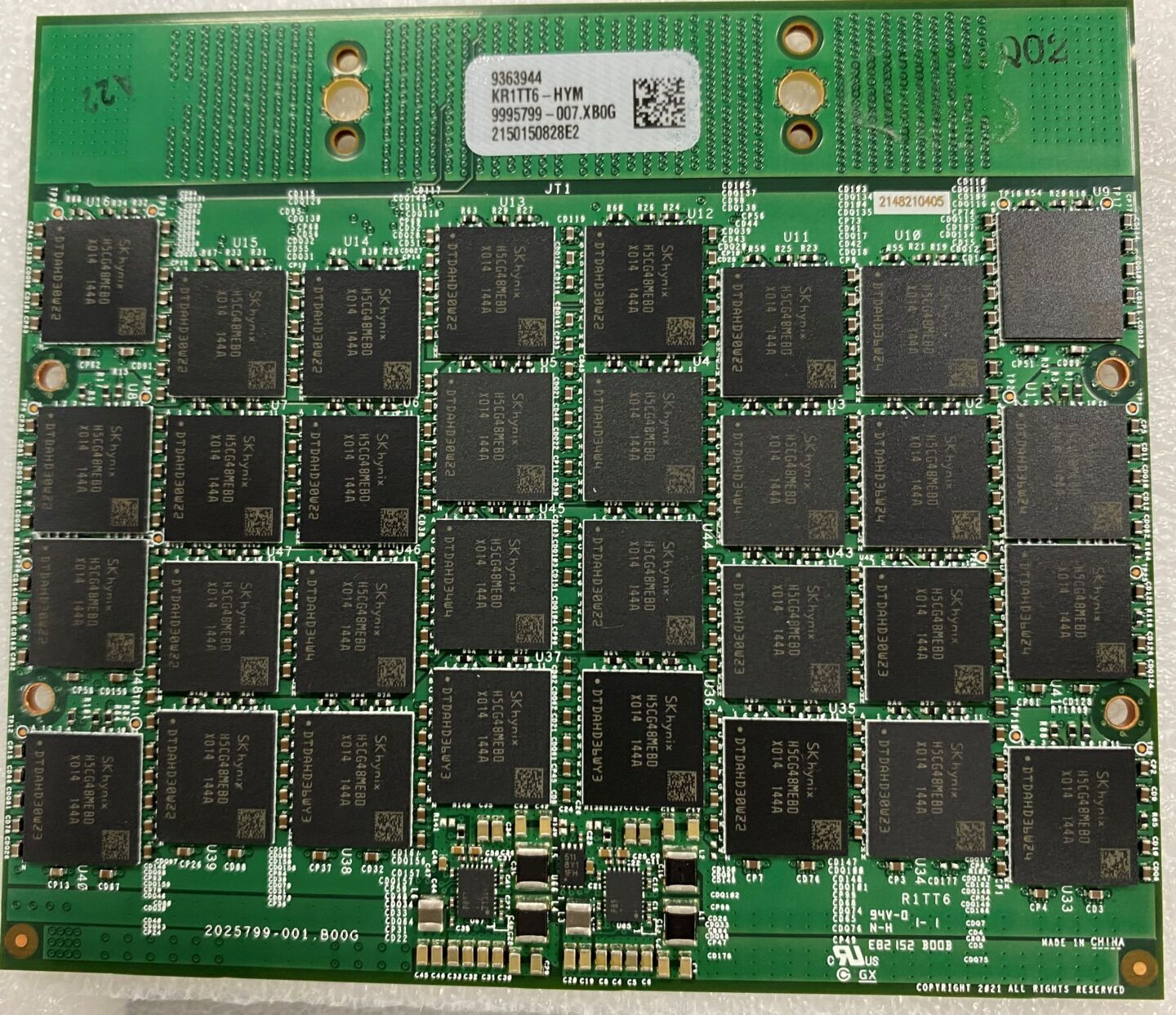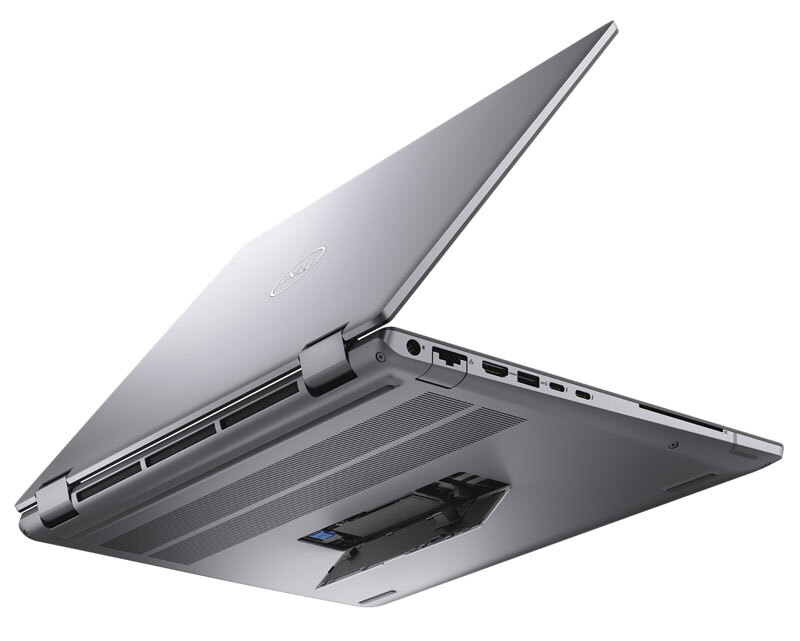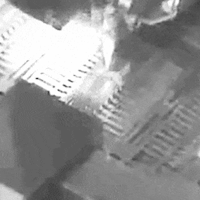
Larger than a SODIMM, but thin enough for your next laptop. (Dell)
Is Dell’s new Compression Attached Memory Module (CAMM) proprietary? Is it a better choice than what was available previously? And what does it say about the state of upgradability that this turned into a thing on tech-oriented internet over the last week?
So, for those of you who don’t spend all your time reading about memory specifications, here’s the deal: Recently, a screenshot hit a Twitter rumor account and caused lots of confusion, because Dell seemed to be introducing a new proprietary type of RAM for its Precision series of laptops.
The problem emerged when, as people started looking for more details about it, it seemed like the only company making the RAM was Dell, and the company held the patent to the form factor. Some early headlines about the situation referred to CAMM as proprietary and said it would “lock out user upgrades.”
A blog post about the RAM type muddied the waters to some degree:
Through CAMM, Dell is enabling a thinner chassis design without sacrificing performance—perfect for hybrid professionals. With repair a key component of our commitment to help reduce waste and extend the life of products and materials, the CAMM module also makes the memory more accessible for field repair. Initially launching with CAMM, the Precision 7000 series will also be available with traditional SODIMM options soon afterwards.
So, why make this new kind of RAM if you’re going to make a more traditional SODIMM version anyway? It’s understandable why this kind of blew up.

How you’ll install your CAMM RAM if you buy this new laptop.
Fortunately, PCWorld Executive Editor Gordon Ung was able to clear the air to some degree, doing an interview with Dell Senior Distinguished Engineer Tom Schnell, who helped to design the new RAM type. He insisted that, while Dell owned the patent, it was going to openly standardize it for the industry.
“One of the tenants of the PC industry is standards,” Schnell told Ung. “We believe in that; we put standards into our products. We’re not keeping it to ourselves, we hope it becomes the next industry standard.”
And to highlight this fact, the CAMM design will even allow for an adapter that will let people install standard DDR5 SODIMM memory modules, though it obviously will be a lot chonkier than the new solution.
Here’s the thing: At this time, a lot of mainstream laptops that once came with socketed RAM no longer do, and a big part of the reason for this is the push for thinness. (SODIMMs, by necessity, come with a number of mechanical parts to lock in the RAM, which raises their height on the board.)
If CAMM becomes a more mainstream standard, it could help solve this problem in a big way. As it uses a new compression-based connector to stay fairly flat, it cuts down on the amount of vertical space the board needs to hold a decent amount of RAM. And because it takes up more physical area than a SODIMM, that means the RAM has more room to dissipate heat. From an engineering standpoint, it cuts down on points of failure while fitting into laptops more adeptly.
In fact, probably the worst thing that could happen with CAMM is if it fades into obscurity. This could be a potential solution for bringing memory upgradability back to smaller machines as an alternative to ball grid array and solder. But if nobody uses it, CAMM memory will prove prohibitively expensive, and that will mean that the people who buy these new Dell laptops will find themselves with a collector’s item … in all the ways that can be a bad thing.
Dell appears to be working on the right problem. The problem is that those writing about it jumped the gun. Le sigh.
Time limit given ⏲: 30 minutes
Time left on clock ⏲: 1 minute, 44 seconds



